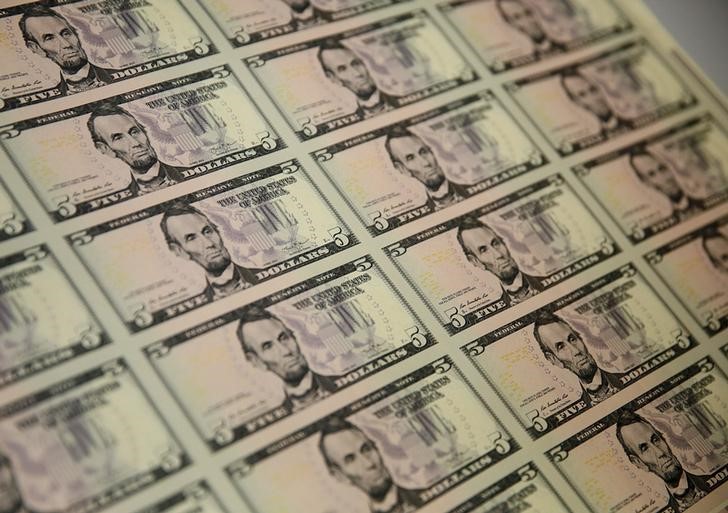US LNG exports surge but will buyers in China turn up?
By Peter Nurse
Investing.com - The dollar edged lower in early European trade Thursday, but remained near its one-year high on the back of ongoing safe-haven demand and expectations for tighter U.S. monetary policy in the near future.
At 2:55 AM ET (0755 GMT), the Dollar Index, which tracks the greenback against a basket of six other currencies, traded just lower at 94.320. It hit the 94.435 mark on Wednesday, the first time it has done so since September 2020.
USD/JPY fell 0.1% to 111.91, after climbing to its highest level since February 2020. EUR/USD edged higher to 1.1599, just above a 10-month low, GBP/USD rose 0.2% to 1.3443, helped by second-quarter GDP growing 5.5%, more than expected, while the risk sensitive AUD/USD rose 0.4% to 0.7205.
Stock markets have edged higher Thursday, rebounding after Tuesday’s equity-market rout a day earlier, but U.S. Treasury yields remain elevated, with the benchmark 10-year yield still close to its highest levels since June, providing the dollar with support.
Pushing yields higher are concerns that the Federal Reserve could start tapering its bond-buying program before the end of the year in a period of slowing global economic growth and persistently high inflation.
Also helping the safe-haven dollar is the current impasse over the U.S. debt ceiling that threatens to shut the government down.
Senate Majority Leader Chuck Schumer said late Wednesday that lawmakers had reached an agreement to extend government spending until Dec. 3, but this just kicks the can down the road and the threat of a catastrophic default remains real, albeit one that has been averted many times before in similar situations.
“The uncertainty around the timing of debt-ceiling legislation may continue to unnerve a debt market that is already weighing inflation and tightening concerns,” said analysts at ING, in a note. “Ultimately, this should contribute to keep any dollar weakness caused by improvements in the risk environment as short-lived, in our view.”
Also helping the greenback are concerns about the growth outlook in China, the second largest economy in the world, especially after factory activity unexpectedly contracted in September as high raw material prices and power cuts continued to pressure manufacturers.
USD/CNY fell 0.1% to 6.4646, after the official manufacturing Purchasing Managers Index fell to 49.6 in September versus 50.1 in August, slipping into contraction for the first time since February 2020.
USD/CZK rose 0.2% to 25.5095 ahead of the Czech National Bank’s policy-setting meeting later Thursday, which is expected to see the bank raise its benchmark rate by half a point to 1.25%. That would be the biggest increase since 1997 after the recent spike in inflation.
